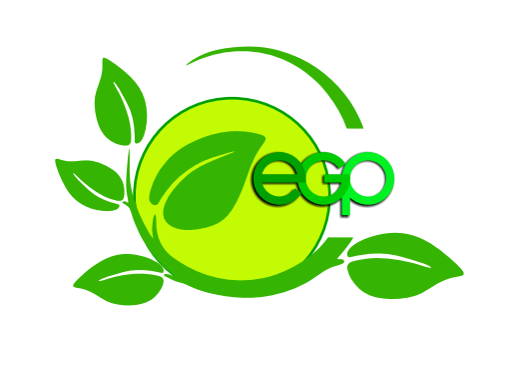Non-Wovens
Latest developments and researches made by calcium carbonate makers outlined a number of benefits of use of CaCO3 fillers in non-woven fabric intended for hygiene, medical, personal care, geotextile, industrial and many other applications.
Adding filler CaCO3 masterbatch into nonwoven materials can improve matte, enhance opacity, increase strength, and provide a cotton-soft feel for comfort, all while reducing your carbon footprint.
A filler masterbatch disperses well in resins and incorporates easily during extrusion.
Calcium carbonate is modifying fiber surface so that containing CaCO3 non-woven material is softer than the one with only polypropylene (PP). Micro roughness reduces surface luster giving a more matte appearance to the fabric.
Increased surface area gives improvements in air filtration and oil absorption.
Due to natural whiteness CaCO3 will provide good color in fabrics, with limited yellowness. Increased opacity in fibers leads to improved covering power of the web.
Increased thermal conductivity of CaCO3 allows for faster throughput or reduced processing temperatures leading to increased productivity or energy savings.




